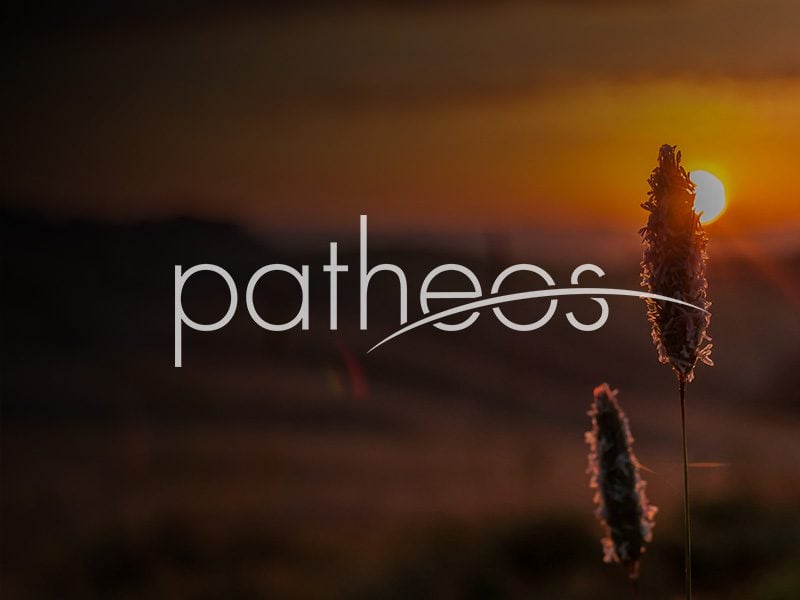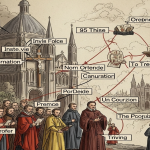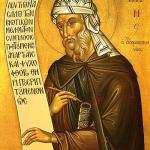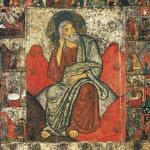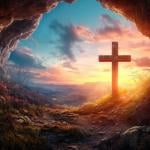Vatican City, Apr 23, 2015 / 05:23 am (CNA/EWTN News).- The Vatican announced Thursday that Fr. Brendan Cahill, Vicar for Clergy in the archdiocese of Galveston-Houston, has been named bishop for the diocese of Victoria, Texas. In an April 23 statement Cardinal Daniel DiNardo, archbishop of Galveston-Houston, said that Fr. Cahill has been “a faithful priest” in his diocese, and will bring “a wealth of gifts and experiences with him in this new ministry.” “His appointment is a sign of the Holy Father's care for the needs of the people of Southeast Texas, whose deep Catholic roots continue to be a vital presence in the region,” the cardinal said. The priest’s “warm and pastoral heart” will be greatly missed, he said, assuring the bishop-elect of his personal prayers and fraternal support in his new mission. Cardinal DiNardo also called on the faithful of the diocese to pray that Fr. Cahill might be “a wise and faithful shepherd of God's holy people.” Fr. Cahill, 51, will succeed Bishop David Eugene Fellhauer as the third shepherd of the Victoria diocese upon the bishops’ retirement, having reached the age limit of 75. Born in Coral Gables, Florida in 1963, Fr. Cahill was ordained a priest for the diocese of Galveston-Houston May 19, 1990. The bishop-elect holds a bachelor’s degree in Psychology as well as a “Master of Divinity,” which he obtained in 1985 and 1990 from Houston’s Saint Mary’s Seminary and University of St. Thomas. He later went on to study at the Xavier University in New Orleans, where in 1993 he received a master’s degree in theology with a specialization on the experience and theology of African-American Catholics. In 1996 he obtained a licentiate in Dogmatic Theology from the Pontifical Gregorian University in Rome. He received a doctorate in the subject from the same university in 1999. Fr. Cahill’s degrees from the Gregorian University specialize in the history and theologians that were influential at the opening of the Second Vatican Council, as well as the Catholic doctrine on the interpretation of Scripture as developed in the council. After his ordination to the priesthood, Fr. Cahill served as assistant priest for St. Francis Cabrini Parish in Houston for two years, after which he held the same position at Christ the Good Shepherd in the Spring area of the city until 1994. From 1994 until 1998 the bishop-elect pursued his doctoral studies in Rome, after which he returned to Houston and served as first as the formation director, then as rector of his former seminary. In 2010 the priest was nominated as the archdiocesan director of the Secretariat for Clergy Formation and Chaplaincy Services for Galveston-Houston, which is a position he held until 2014. He also served as head of the diocese’s Priest Personnel Board and was a member of the Council of Priests. The bishop-elect is also a spiritual director for the Houston Senatus of the Legion of Mary and a chaplain of the Houston Serra Club and Knights of Columbus in Galveston-Houston chapter. He is also an associate chaplain of the Knights of Malta, of the Equestrian Order of the Holy Sepulcher and a fourth degree member of the Knights of Columbus. The priest has served as Galveston-Houston’s Vicar for Clergy since 2014. In addition to English, Fr. Cahill also speaks Spanish and Italian. Bishop Fellhauer will make a formal announcement on Fr. Cahill’s appointment alongside the bishop-elect during a news conference scheduled to take place at 10a.m. local time in Victoria, Texas, according to the Galveston-Houston diocese’s website. Fr. Cahill’s episcopal ordination is scheduled to take place June 29, 2015, in Victoria. Read more





